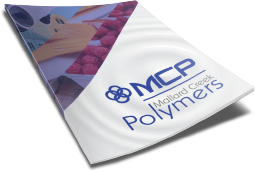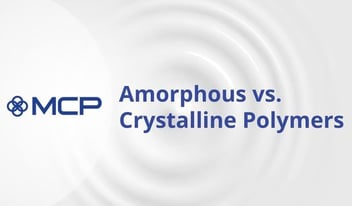
Gel content determines how a styrene butadiene polymer emulsion performs in service. It's a measure of cross-linking between polymers and has a significant bearing on the cost of coatings made from the emulsion. As such, it's a critical property..
Gel content determines how a styrene butadiene polymer emulsion performs in service. It's a measure of cross-linking between polymers and has a significant bearing on the cost of coatings made from the emulsion. As such, it's a critical property across many applications, although many latex users probably don't give it the consideration it deserves.
Cross-linking
Butadiene (C4H6) is a molecule with two pairs of double bonds. During polymerization, one of these pairs bonds with a second butadiene molecule to grow the polymer chain. The other pair is then free to join with another chain. This linking of molecular chains is termed cross-linking. If each polymer is pictured as a length of wire, cross-linking is a way of effectively weaving these strands together to create mesh that's flexible yet strong.
In contrast, styrene (C8H8) doesn't have this cross-linking ability, although it polymerizes readily. Thus, when styrene and butadiene undergo emulsion polymerization, the properties of the final latex are determined by the relative proportions of the two plus the type of process used, the reaction temperature, and the type and level of chain transfer agent. Through precise control of each, it's possible to manage the extent of cross-linking and engineer a styrene-butadiene latex emulsion tailored to perform in a particular way.
Latex characteristics
As the density of cross-links in a polymer emulsion grows, so too does it's strength. There's more resistance to elongation and toughness is increased. Conversely, with lower levels of cross-linking, the emulsion shows greater elongation and tends to have a more tacky feel. Thus, a highly cross-linked emulsion would be good in many coating-type applications, while one with fewer cross-links would be valuable in an adhesive.
A side benefit of increased cross-link density is that the emulsion can take a higher level of filler while delivering the same toughness as one with lower levels of cross-linking. Turning this around, when there's a lot of cross-linking going on in the polymer, less of it is needed to achieve a target strength. As fillers are typically the less expensive component in the final product, this has clear implications for usage and cost.
Measuring gel content
It's important to know the cross-link density within an emulsion, and this is where gel content comes in. The latex is first dried and weighed before being solubilized in a solvent such as toluene. Where the density of cross-links is low, the latex dissolves, but highly cross-linked latex will swell and form a gel.
The solvent solution is filtered and the gel collected. Once dried, it is weighed, and this number is divided by the original weight to arrive at a gel percentage.
Tailored performance
With our deep understanding of polymer chemistry, Mallard Creek Polymers has control over gel content, allowing us to produce styrene-butadiene emulsion polymers with elastomeric and adhesive properties tailored to the application. Whether you need toughness or adhesion, talk to us about the gel content that would work best.

 Construction
Construction
 Nonwovens
Nonwovens
 Adhesives
Adhesives
 Textiles
Textiles
 Printing & Packaging
Printing & Packaging
 Paper
Paper
 Paints & Coatings
Paints & Coatings





